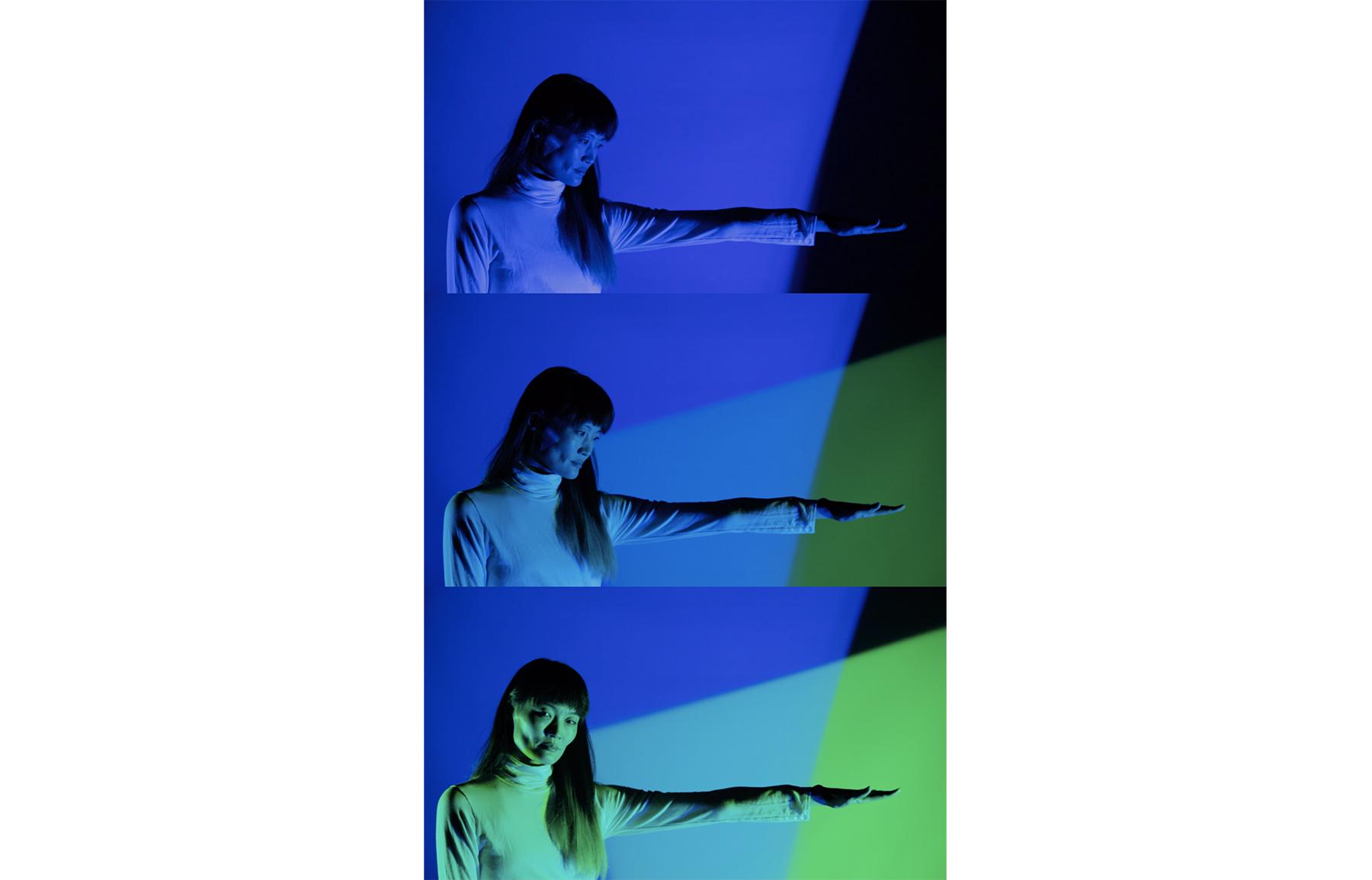The world of theatrical lighting is in the midst of an LED revolution. New fixtures are released every year, and our creative process as lighting designers must evolve based on the technology available. Lighting designer Clifton Taylor’s extraordinary new book Color & Light: Navigating Color Mixing in the Midst of an LED Revolution, A Handbook for Lighting Designers, has arrived to help guide us through this unique and ever-changing world of color.
In the professional and educational world of stage lighting, the subject of color is often considered to be an emotionally driven choice in the creative process and not easily described with words. Taylor acknowledges this personal response to color and provides important “recipes” of color theory and color practice that allow us to understand how and why the very presence and quality of light makes us feel this way.
Many essential topics are covered throughout the book, including a close look at why we use color in the first place, additive color mixing in a world of LEDs, TM-30, subtractive color mixing, color dominance, metamers, red shift, color paths, spectral colors, the recreation of color media with LED sources, and many others. Each chapter includes an interactive visual guide with stunning photographs, online videos, and illustrations that provide clear side-by-side examples for each topic.

“Illus. 4.2. Mixing primary blue and primary green light creates a secondary color: cyan light. A video of this mix may be streamed here. (Move the slider bar to see this mix occur. At what point do you perceive the color as not being blue anymore? Are there other nameable colors along the path from blue to cyan?) Video by Edouard Getaz.” Excerpt from Clifton Taylor's Color & Light. Photo by Edouard Getaz
In between chapters, Taylor has assigned the reader 17 practical lessons that can be used as personal projects for designers and visual artists or can be used as the basis of a new required course on color for any college or university design program. Taylor’s practical lessons cover a wide range of experiments both scientific and deeply creative. Lessons include “Exploring Color Space,” a simple but important lesson on the path of saturation in color mixing; “Variable White Perception in Light,” a lesson on white light that examines the importance of reference white within our own color palettes; and “Creating Depth with Color,” an exercise that uses saturation in addition to intensity to create depth with layers of color and illustrates the idea of dominant and recessive color spaces. The topics discussed in this book are not only essential to our understanding of color but also allow us to think critically about our entire design as a whole.
Of all the important information that this book provides, the most meaningful is why we should consider color in the first place. Taylor provides four immediate reasons: for storytelling; for style; in service of the visual world; and as a tool for spatial dimension. In the same way that visual artist Sol Lewitt has provided instructions to maintain his wall drawings, Clifton Taylor has encouraged us to create instructions of our own. What better way to find purpose in our own work and what better time than now.
As Taylor said in a recent interview: “Color is one of the great joys of being alive.” This book captures not only the joy, but also provides a sincere and practical view of color in all of its forms. Whether you are a visual artist, designer, director, or simply just curious, this book is highly recommended to all audiences.
Color & Light is published by Silman-James Press and is available now on www.silmanjamespress.com and www.amazon.com
Brandon Stirling Baker is the lighting director of Boston Ballet and a designer of ballet, opera and theatre. www.stirlingbaker.com